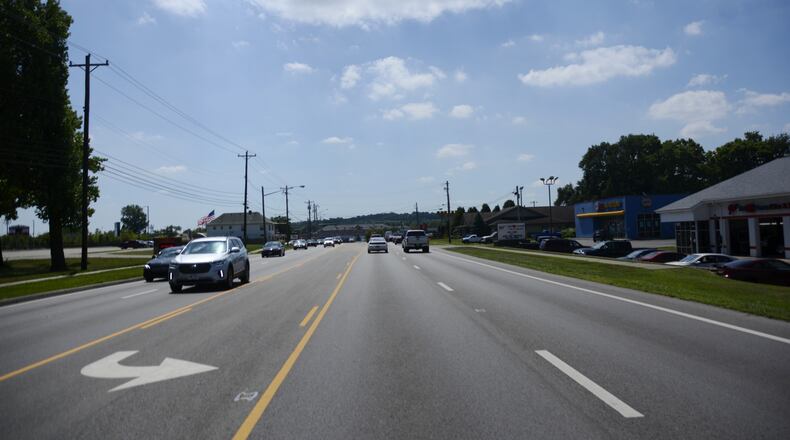The reason for the proposed plan is simple, according to legislation: if roads and related infrastructure are not managed and maintained, they will deteriorate, and repairs will be costly.
The city has 177 centerline miles, or 406 lane miles, of roads and and maintains 252 miles of concrete curbs, 6,115 catch basins and 61 signalized intersections. Annually, the city repaves around 23 lane miles, most of which are residential streets. At that rate, it will take the city more than 17 years to repave all the roads once, which is ahead of the average lifespan of a residential road, and within the lifespan of commercial roads and state routes.
According to the proposed plan, a minimum of 5.4 to 6.1 percent of the roads, or between 22 and 25 lane miles, will be paved annually as part of a three-year plan developed — and three-year subsequent plans — by the public works director. The number of lane miles included in each new plan developed will be adjusted in the final year of the current paving cycle.
About $3.2 million is allocated annually to the Street Improvement Fund for road maintenance.
“The plan will provide for a consistent allocation of resources necessary to maintain the city’s road network at a high level,” said Wendling.
Butsch, who retired at the end of May, told City Council two months ago while the plan is “relatively simple ... it does require the commitment.”
He said many communities have designated funds for roads and infrastructure maintenance, but over time those local governments allocated that money to other areas and are now struggling with the upkeep.
“This is where we don’t want to be,” Butsch said. “Because once (the money) goes away, and it gets mixed in with all the other funds, it’s very difficult to fight to get it back.”
Credit: Michael D. Pitman
Credit: Michael D. Pitman
The city had recently fought to get its funding for roads back to the Public Works Department.
“As you go back through the years, you’ll notice we stayed real strong (on road maintenance) for a long time, and sometime in the early part of this decade we backed off for a few years,” Wendling said to City Council. “We need to make sure we keep up with it.”
In 2012, the city underwent a reapportionment where the city needed to subsidize the fire department. After the city passed a fire levy in 2016, Fairfield’s repaving program was properly funded in 2017, Wendling said.
Fairfield City Councilman Tim Abbott supports the plan, calling the city’s road infrastructure “the crown jewel of the city and really an economic development tool.”
FACTS & FIGURES: FAIRFIELD INFRASTRUCTURE
The city of Fairfield is proposing to guarantee to annually repave between 22 and 25 lane miles of roads within the city. Here’s what else the city maintains as part of its road infrastructure:
• 406 lane miles, or 177 centerline miles
• 252 miles of concrete curb
• 6,115 catch basins
• 1,027 drywells
• 109 miles of edge/lane line striping
• 1,491 pavement legends
• 61 signalized intersections
About the Author


